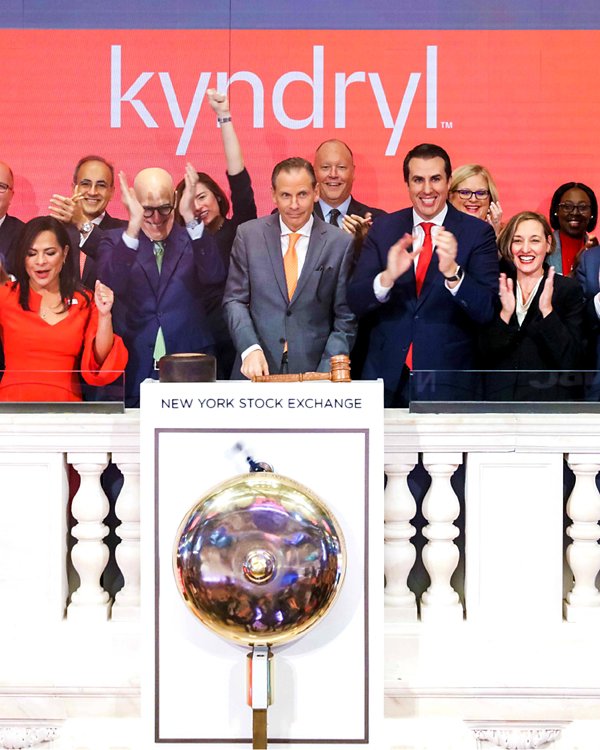
A Business Imperative for Change
When Kyndryl launched as an independent company after separating from IBM in 2021, it created the world’s largest IT infrastructure services provider. We emerged with a fresh approach to doing business, so we needed to transition off existing technology platforms and exit temporary licensing agreements we had negotiated. And we gave ourselves nine months or less to do it.
Ultimately, we partnered with Microsoft, whose technologies could power our digital-first vision and sustain our hybrid workplace model. All Kyndryl employees are now equipped to use the Microsoft 365 platform and its suite of fully integrated applications to be productive and collaborative anywhere their work takes them.
Perhaps as importantly, we’ve garnered valuable lessons that others can use when plotting their course for transformation.

So, if your company is thinking about moving to Microsoft 365 or embarking on another campaign of comparable size and scope, Kyndryl’s Digital Workplace Services practice has the experience and expertise to support your transition. Meanwhile, here are nine tips we believe are crucial to success:



1. Focus on your employees
If you subscribe to the idea that the employee experience is inextricably linked to the customer experience, you must keep the overall well-being of your team at the core of all you do. This was key to our Microsoft 365 strategy.
For example, as we began our journey as an independent company, we retained our existing technology stack in the near term. This decision, among others, showed employees that we empathize with the challenges they might encounter during our transformation.

4. Appoint champions of change from within
Rather than trying to mandate acceptance from the top down, enlist colleagues to be your advocates for change. At Kyndryl, we recruited employees throughout the organization to generate excitement around the launch of our Microsoft applications.
Today, our Microsoft Champions group includes roughly 2,300 Champions in more than 56 countries. They invest countless hours promoting adoption and use of the applications, encouraging peers to become fluent with the tools, and sharing their knowledge with others.

7. Remain transparent
If you don’t have answers to everything—and you won’t—admit it. Be honest and tell people that you appreciate their feedback and will figure out a solution together to get them where they need to be.
By remaining transparent, we’ve strengthened relationships and built trust with employees that will serve us well as we continue our workplace transformation. It also promises to pay even larger dividends within our organization and beyond as our company strengthens its position in the market and grows.

?qlt=85&wid=1600)




